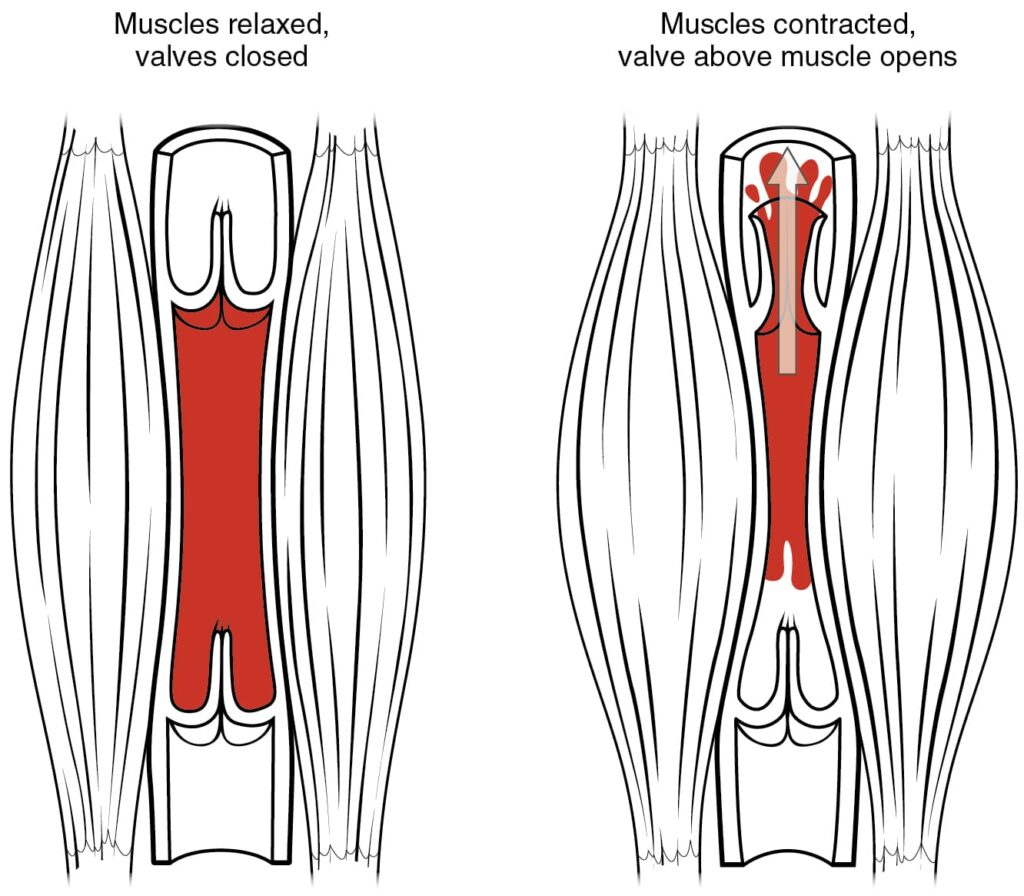Sports rehabilitation is an important part of the recovery process from sports-related injuries. For athletes and sports enthusiasts, injuries can be a frustrating and limiting factor in their ability to do their best.
Haptic technology is an effective tool for providing sensory feedback, simulating real-world experiences and improving rehabilitation outcomes for athletes. Electrical muscle stimulation (EMS) and Transcutaneous Electrical Nerve Stimulation (TENS) can help with sports rehabilitation by providing tactile sensation to the human body.
EMS and TENS for Muscle Recovery
So how exactly can haptics help in sports rehabilitation? Electrical muscle stimulation is one of the forms of stimulation that can be used to help muscles recover. This can be achieved by improving the removal of metabolites and by increasing blood flow through what is known as the “muscle pump effect”. The muscle pump effect refers to the temporary swelling of the muscles that occurs during exercise as a result of increased blood flow and the accumulation of fluid in the muscles. During exercise, blood flow to the muscles increases to deliver more oxygen and nutrients to fuel the muscles and remove metabolic waste products that are produced as your muscles generate energy to contract. EMS improves blood flow and helps repair damaged muscles by inducing repetitive muscle contractions. In addition, electrical muscle stimulation can stimulate the body’s circulatory mechanisms, which helps speed up the recovery process.

Squats, lunges and calf raises are some examples of EMS-based exercises that can be used in sports rehabilitation. Through the use of EMS, rehabilitation specialists can help to increase muscle activation and muscle strength, resulting in a faster recovery time.
Another form of haptic feedback is Transcutaneous Electrical Nerve Stimulation, which is also a useful tool in the rehabilitation of sports injuries. TENS is primarily used to manage acute and chronic pain. Transcutaneous electrical currents stimulate motor neurons, inducing cycles of muscle contraction and relaxation, which can accelerate the recovery process from injury without the risk of muscle or joint damage. TENS therapy can also help athletes to speed up their recovery time by improving blood circulation and reducing the occurrence of muscle spasms.
Benefits of Haptics in Sports Rehabilitation
Now that we’ve understood how EMS and TENS aid muscle recovery, let’s take a look at the benefits of using haptic technology in sports rehabilitation.
- Personalized rehabilitation: Haptic technology enables personalised rehabilitation plans tailored to the specific needs of each athlete. This personalised approach can result in faster recovery and better results.
- Immediate feedback: Both the patient and the therapist can receive immediate feedback during the rehabilitation exercises, allowing them to make adjustments and corrections in real time.
- Getting motivated and engaged: With haptic technology, rehabilitation can be more engaging and motivating.
- Reduced risk of re-Injury: With proper technique, tactile technology can help reduce the risk of injury and allow athletes to return to training with confidence.
Conclusion
Haptic technology appears to be very promising and has enormous potential in the field of sports rehabilitation. With its ability to enhance physical therapy, reduce the risk of re-injury and improve the overall well-being of athletes, haptic technology is set to play an increasingly important role in the future of sports medicine.
The advent of haptic technologies such as TESLASUIT’s EMS and TENS has great potential for sports rehabilitation. With the help of rehabilitation professionals, individuals can create a rehabilitation program that incorporates haptic technologies to improve their recovery time and overall rehabilitation experience.
Related articles:
What is Haptic Feedback? Types, devices and use
GUIDE to EMS and TENS in TESLASUIT
NEW LEVEL OF SPORTS TRAINING WITH HAPTIC TECHNOLOGY
Workout of the Future. TESLASUIT as a Personal Trainer
TESLASUIT feat. the Elbow, or Can the NEMS Technology Reproduce Joints Torque?
